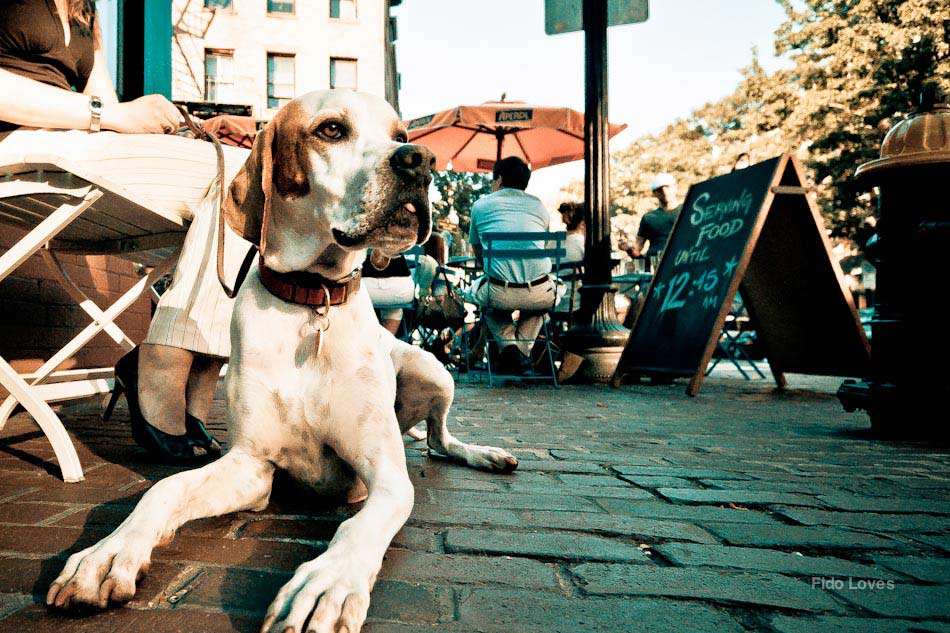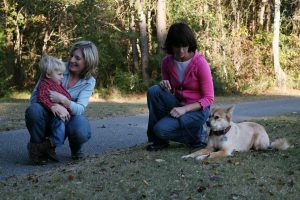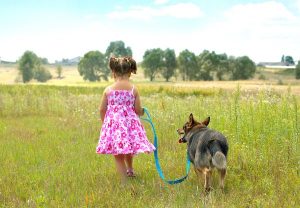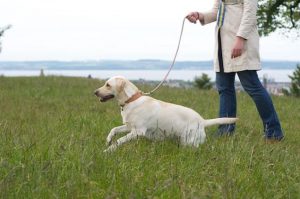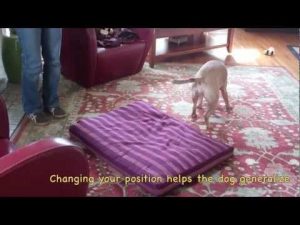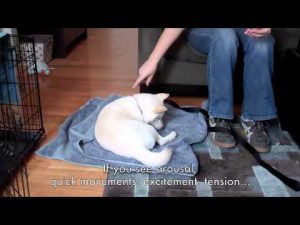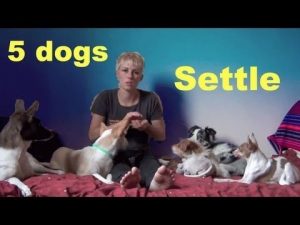It can be tough as nails to give that mani-pedi to our dogs! Many dogs dislike nail trimming, and dogs who are truly tolerant are in the minority. Nail length, however, contributes to overall health and wellness. Ideally, you won’t be able to hear that tell tell click on the floor as your dog comes to greet you. If you can hear him walking about, his nails are too long.
When a dog’s nail makes contact with the floor or ground, the nail is pushed into the nail bed. This can result in pressure on the toe joint or force the toe to twist sideways. Sore, even arthritic toes make moving and even standing painful — and throw off a dog’s balance. Long nails can also chip and break in ways that require veterinary treatment. Read our tips below so that nail trimming is less stressful for both of you!
Desensitize your dog to his feet being handled. Advice to simply ‘play with’ your puppy’s or dog’s feet is not necessarily enough. For nail trimming, your dog will need to accept his paw being held for several seconds. Here’s a video that breaks desensitization down into small steps. Keep in mind that desensitization can take days or weeks.
Choose nail trimmers. Do you want to use scissor nail trimmers, or would you rather use guillotine nail trimmers? Scissor trimmers may be best for large dogs, while guillotine trimmers may be best for medium to small dogs, and typically come with a guard to prevent too much of the nail from being cut. Before you even use them, it’s best to associate the nail trimmers with treats until your dog believes that the appearance of the trimmers means the beginning of a treat party!
Alternately, consider using a Dremel to grind your dog’s nails. The finished result will be much smoother, and some dogs tolerate a Dremel better than nail trimmers. Patricia McConnell’s blog post “The Nail Wars” theorizes that the “click” of trimmers becomes aversive for some dogs over time… especially if you’ve quicked a nail. Here’s a video on introducing your dog to the Dremel. Note exactly how you should hold a paw when using a trimmer or a Dremel at the 38 second mark.
Know where you’re cutting. Check out these two graphics for traditional and alternative ways to trim a nail from Susan Garrett. Remember to trim from top to bottom, not from side to side. If you’re unsure about where the quick is — the quick is the pink ‘live’ area and contains blood vessels — be conservative and just trim a small amount.
Be prepared to treat a ‘quicked’ nail. Even groomers and veterinarians quick nails, so have styptic powder at the ready if you cut your dog’s nail too short. Cup a bit of the powder in your palm (or in a pinch use cornstarch) and gently press the nail into the powder. You can also use a styptic pen. Either way, these products will help the blood to coagulate and stop additional bleeding. Keep it happy and light — no freak outs please — and continue giving your dog lots of treats throughout the incident.




